Optimal Timing for Tree Removals
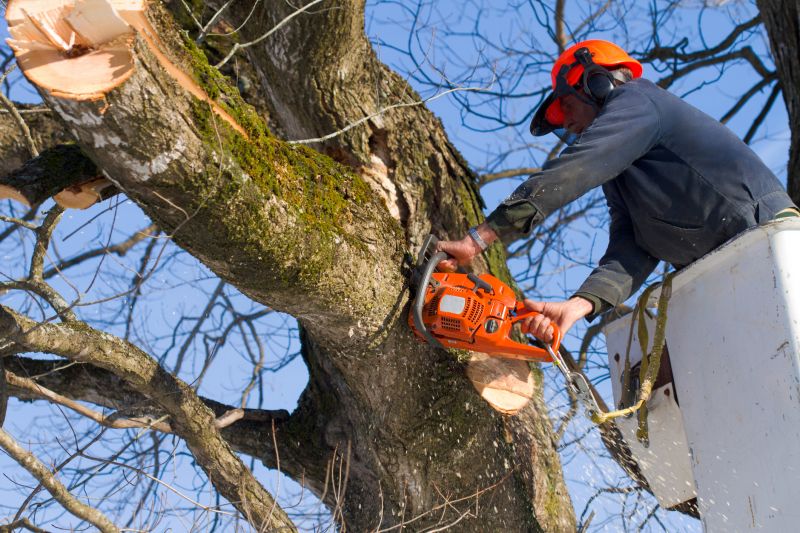
Spring offers optimal conditions for fallen tree removal due to moderate weather and active tree growth.
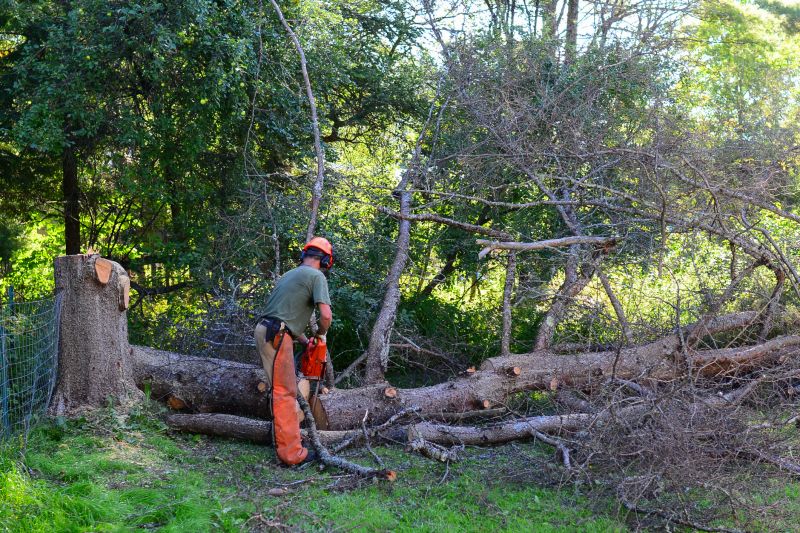
Summer provides longer daylight hours, facilitating safer and more efficient removal processes.
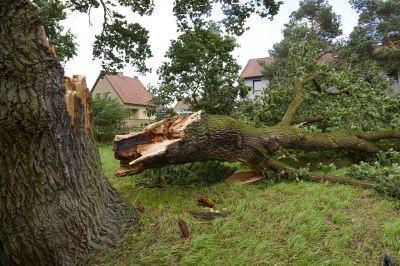
Fall's cooler temperatures and dry conditions can make tree removal safer and more manageable.

Ways to make Fallen Tree Removals work in tight or awkward layouts.
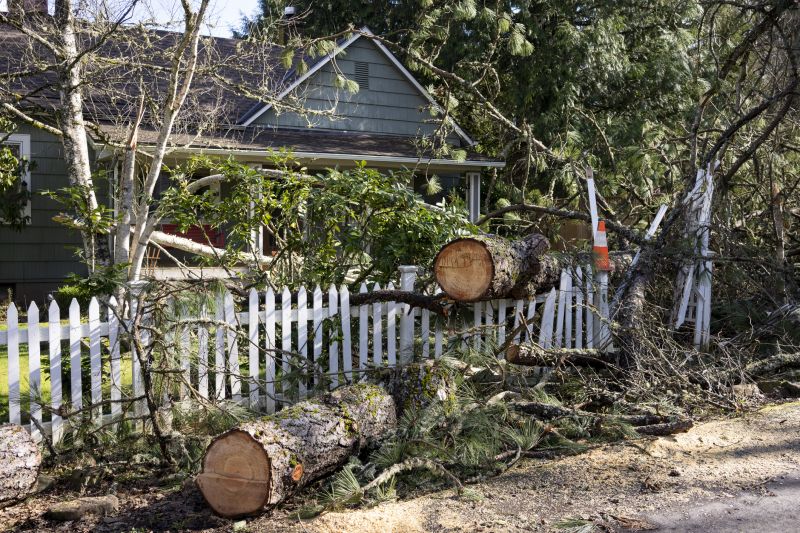
Popular materials for Fallen Tree Removals and why they hold up over time.

Simple add-ons that improve Fallen Tree Removals without blowing the budget.

High-end options that actually feel worth it for Fallen Tree Removals.
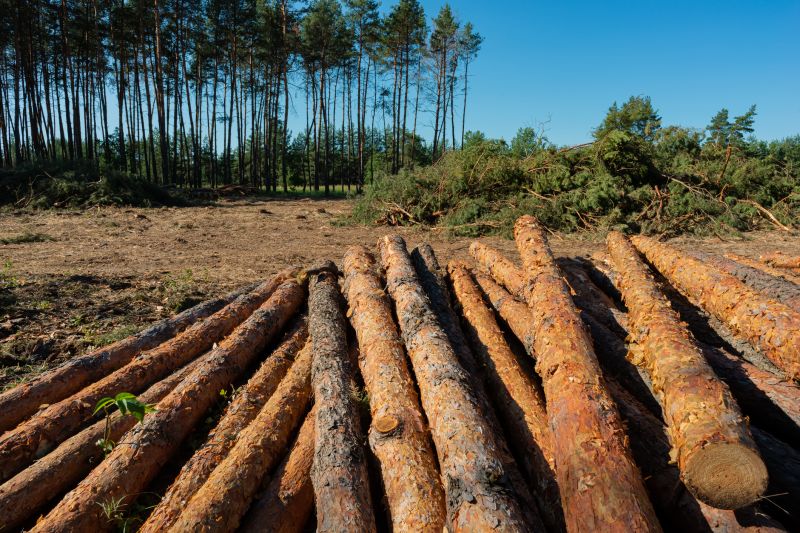
Finishes and colors that play nicely with Fallen Tree Removals.
Statistics indicate that performing tree removals during dry seasons reduces the risk of accidents caused by slippery or unstable ground. Additionally, removing trees before winter storms can prevent damage caused by heavy snow and ice accumulation. Planning removals during favorable weather conditions can also reduce the likelihood of additional damage to surrounding vegetation and structures.
Dry, mild weather is ideal for fallen tree removals to ensure safety and efficiency.
Removing trees outside of active growth periods minimizes stress on remaining vegetation.
Pre-storm removal can prevent property damage from falling trees during severe weather.
Understanding regional weather patterns helps determine the optimal removal window.
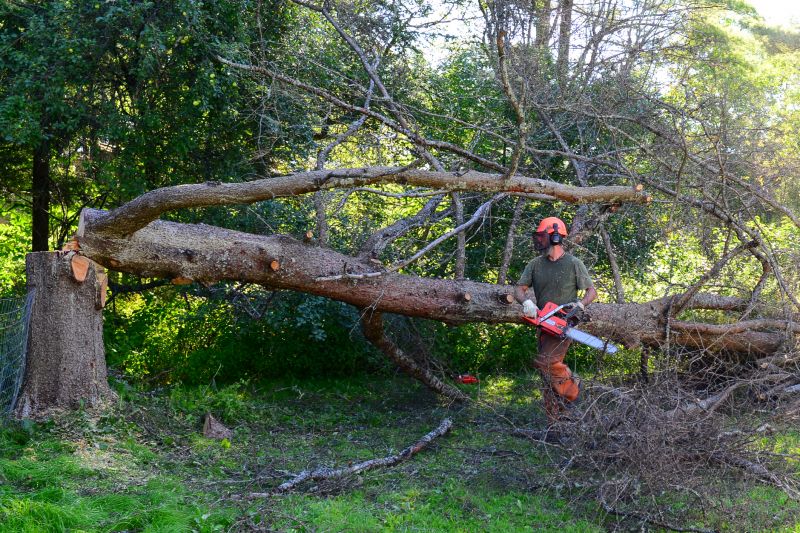
Specialized tools ensure safe and efficient removal of fallen trees.

Professional removal involves careful planning and execution to prevent property damage.
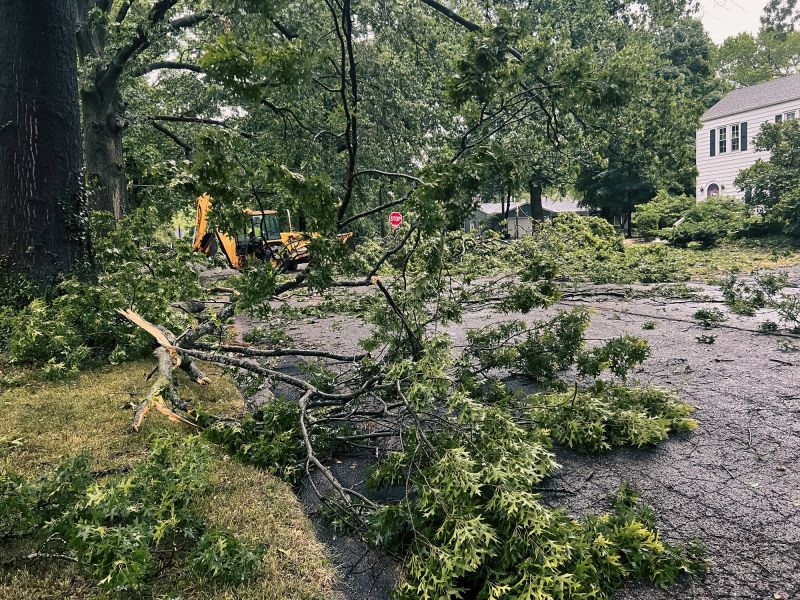
Removing debris and restoring landscape is part of the process.
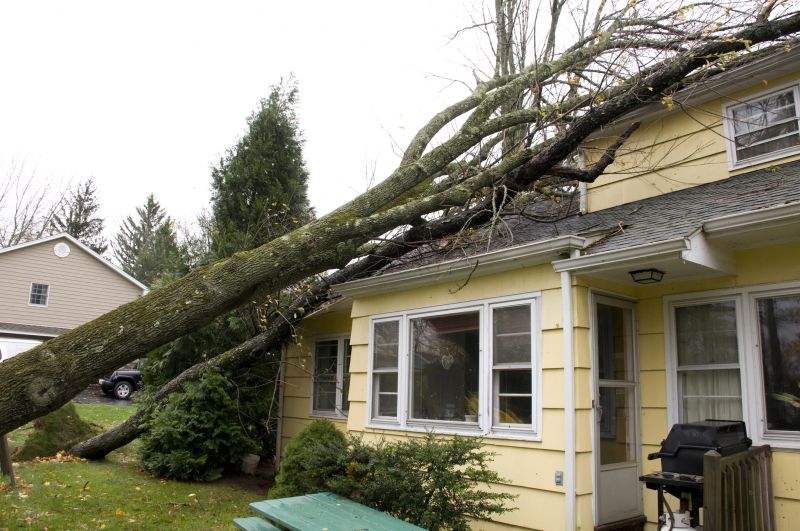
Evaluating damage helps determine the best removal strategy.
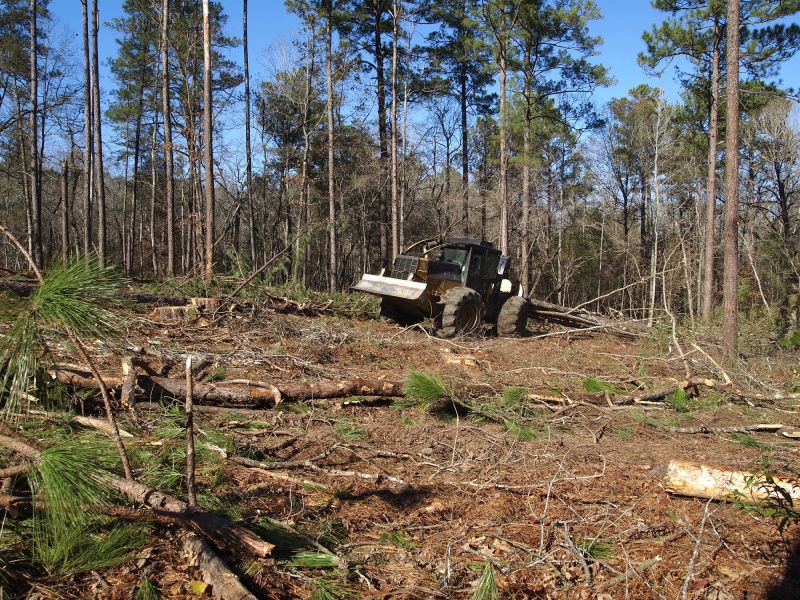
Heavy machinery facilitates quick and safe tree removal.
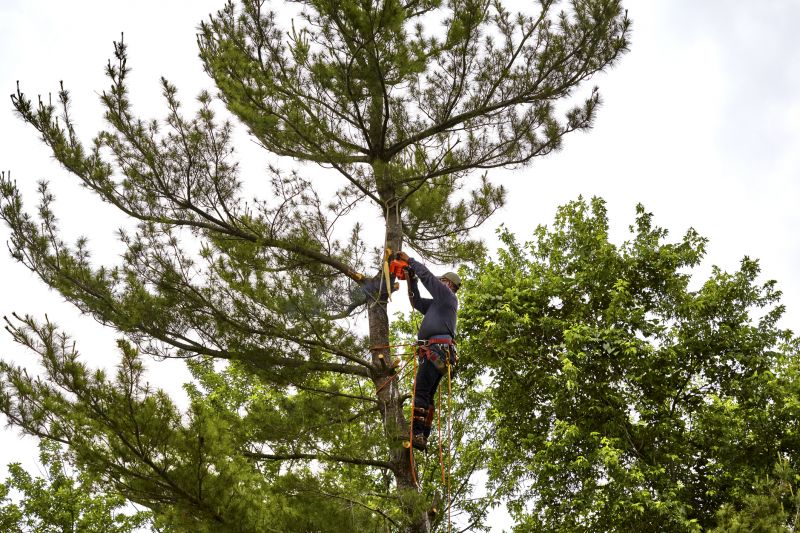
Proper safety equipment minimizes risks during removal.
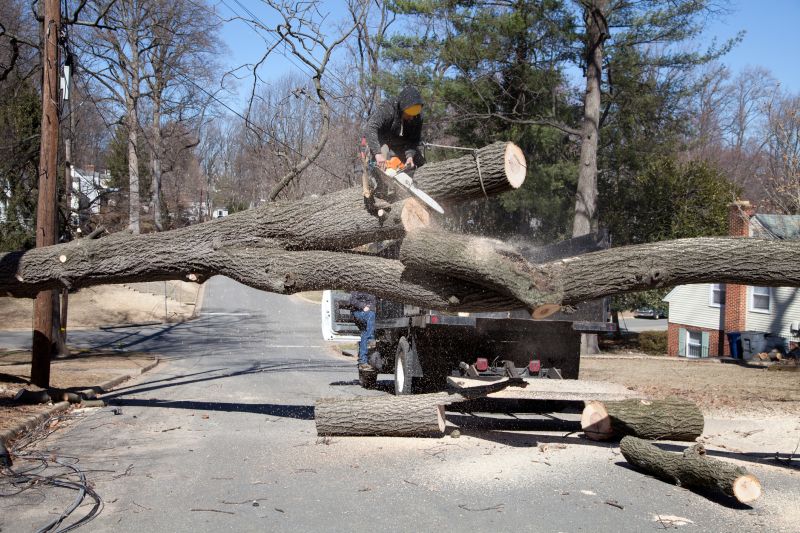
Efficient removal reduces hazards and prepares the area for future use.
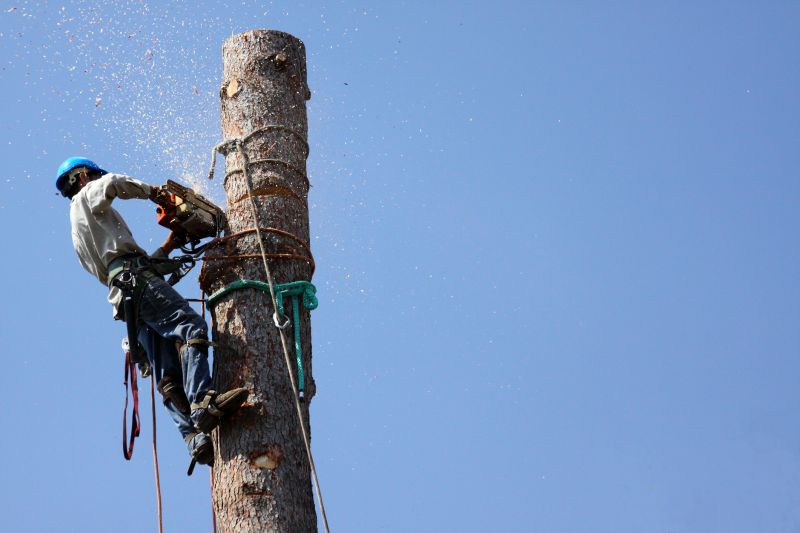
Strategic planning ensures safety and minimizes environmental impact.
| Factor | Optimal Timing |
|---|---|
| Weather Conditions | Dry and mild conditions are preferred |
| Tree Growth Cycle | Outside of active growth periods |
| Storm Season | Before severe storms occur |
| Regional Climate | Based on local weather patterns |
| Ground Stability | When soil is dry and firm |
| Property Use | During low activity periods |
| Accessibility | When equipment can operate safely |
| Safety Considerations | Optimal when ground and weather conditions are stable |
Understanding the best timing for fallen tree removal helps ensure safety and efficiency. Planning ahead based on weather forecasts, seasonal growth cycles, and regional climate patterns can minimize potential hazards. Proper timing also reduces costs and prevents additional damage caused by storms or unstable ground conditions.
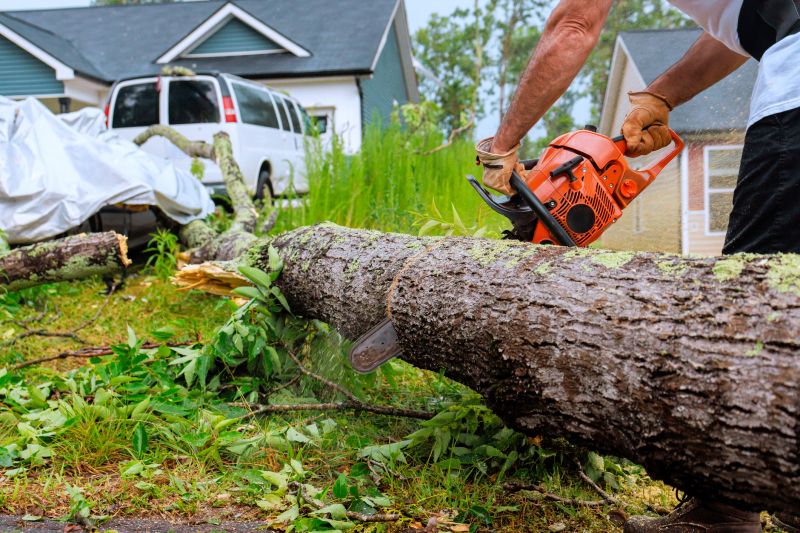
Specialized tools and machinery facilitate safe removal.
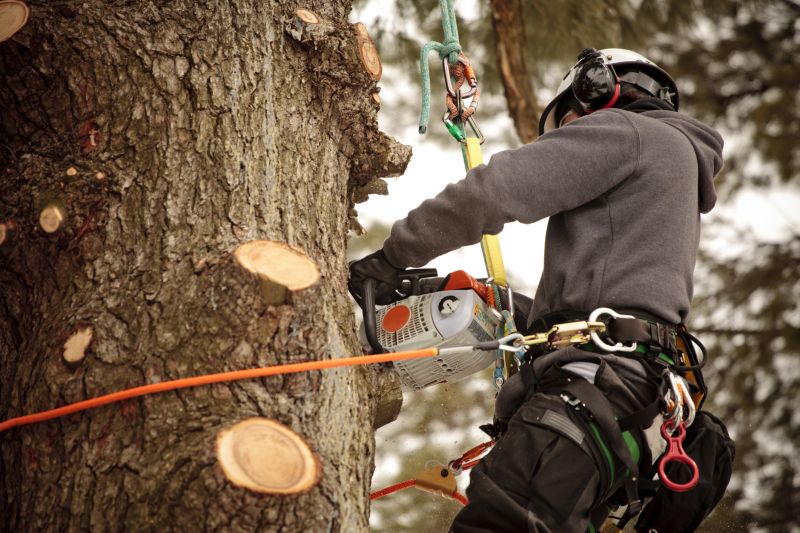
Professional execution ensures safety and precision.

Efficient removal of branches and wood debris.

Restored landscape ready for use or replanting.

Little measurements that prevent headaches on Fallen Tree Removals day.
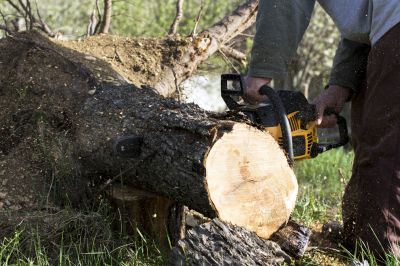
A 60-second routine that keeps Fallen Tree Removals looking new.
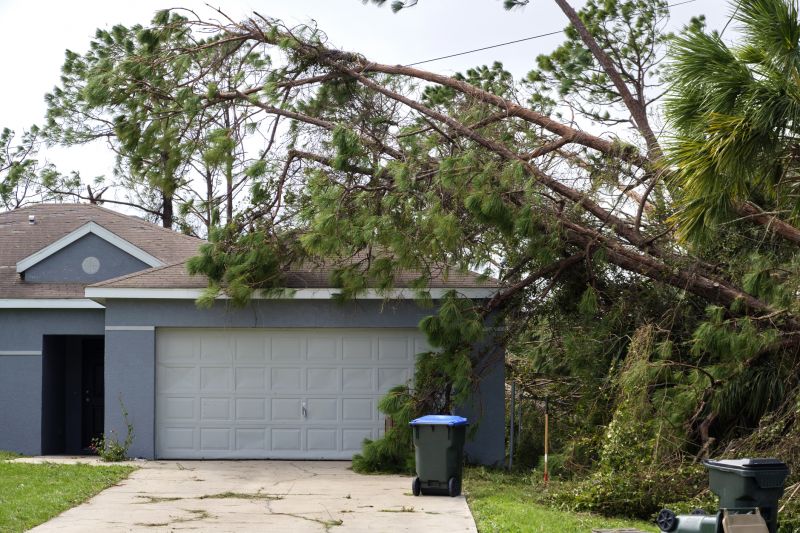
A frequent mistake in Fallen Tree Removals and how to dodge it.
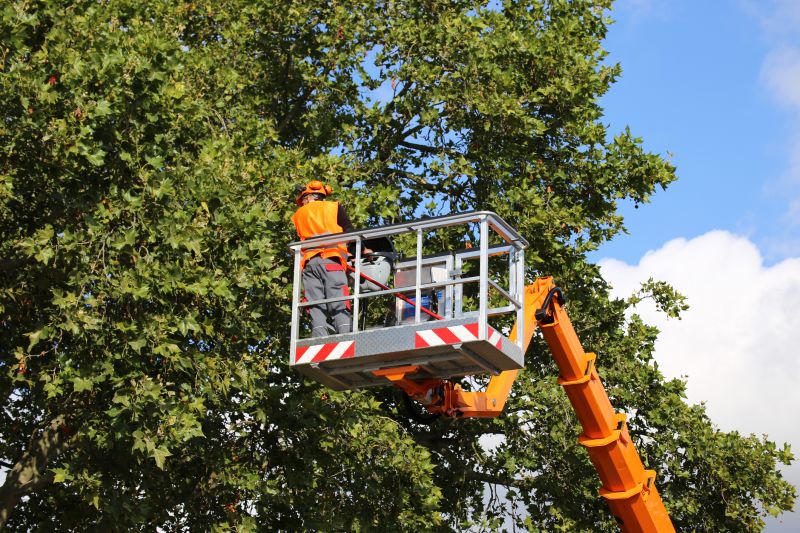
Small tweaks to make Fallen Tree Removals safer and easier to use.
Interested in scheduling fallen tree removal services? Filling out the contact form provides the necessary details to facilitate a timely and safe removal process. Proper planning and execution help maintain safety and preserve property value.



